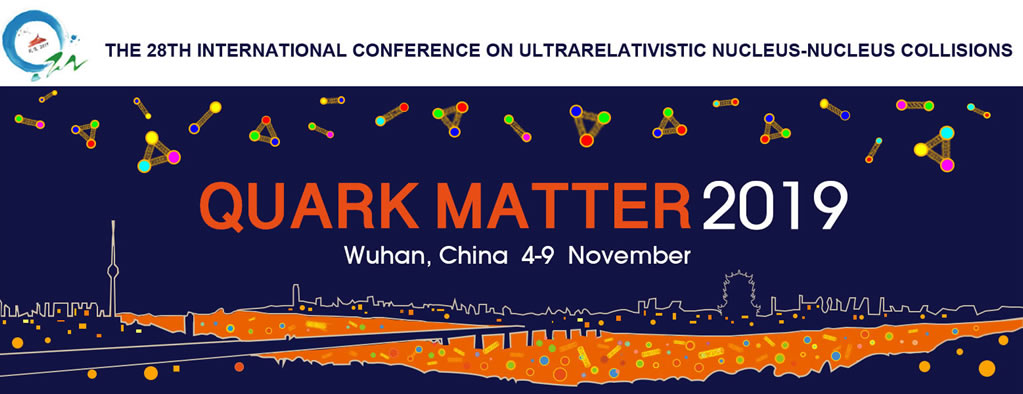Conveners
Parallel Session - Heavy flavor IV
- Itzhak Tserruya (Weizmann Institute of Science (IL))
Beauty quarks are considered to be one of the best probes of the strongly interacting medium created in relativistic heavy-ion collisions as they are predominantly produced via initial hard scatterings. Measurements of B mesons provide information on the diffusion of beauty quarks as well as the flavor dependence of in-medium energy loss. In these studies, clarifying the hadronization...
Provided by the large beauty quark mass, beauty production is sensitive to test pQCD calculation as well as the nuclear matter effects in heavy ion collisions. In this talk, the measurement of open beauty hadron and Upsilon production in pPb data at nucleon-nucleon center-of-mass energy 8.16 TeV is presented. Nuclear matter effects, including the modification of gluon PDF and beauty...
Using novel lattice (non-relativistic) QCD techniques, for the first time, we will present results pertaining to the fate of $\Upsilon(1S)$, $\Upsilon(2S)$ and $\Upsilon(3S)$ in QGP. We will present results on how the masses of these states change with temperature, as well as how their spatial sizes change. Finally, we will also show new lattice QCD results on excited P-wave bottomonia in QGP.
The last decade of hadron spectroscopy has unveiled a wealth of states that do not have the properties expected of particles composed of 2 or 3 valence quarks. Among the most intriguing of these exotics is the X(3872), which various models attempt to describe as a hadronic molecule, a compact tetraquark, an unexpected charmonium state, or their mixtures. To date, most experimental studies of...
The exotic meson $\chi_{c1}(3872)$, also known as $X(3872)$, was discovered a decade ago, but the structure of this new state is still under debate. The masses of possible charmonium states from calculations using constituent quark models are too large, and therefore an explanation of the underlying characteristics of this meson remains a challenge. The similarity of the $\chi_{c1}(3872)$ mass...
